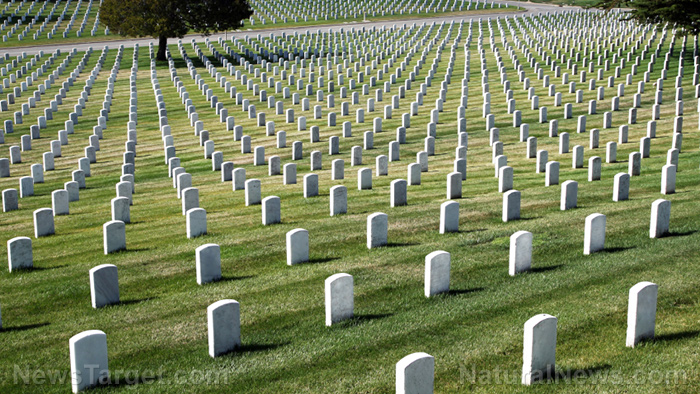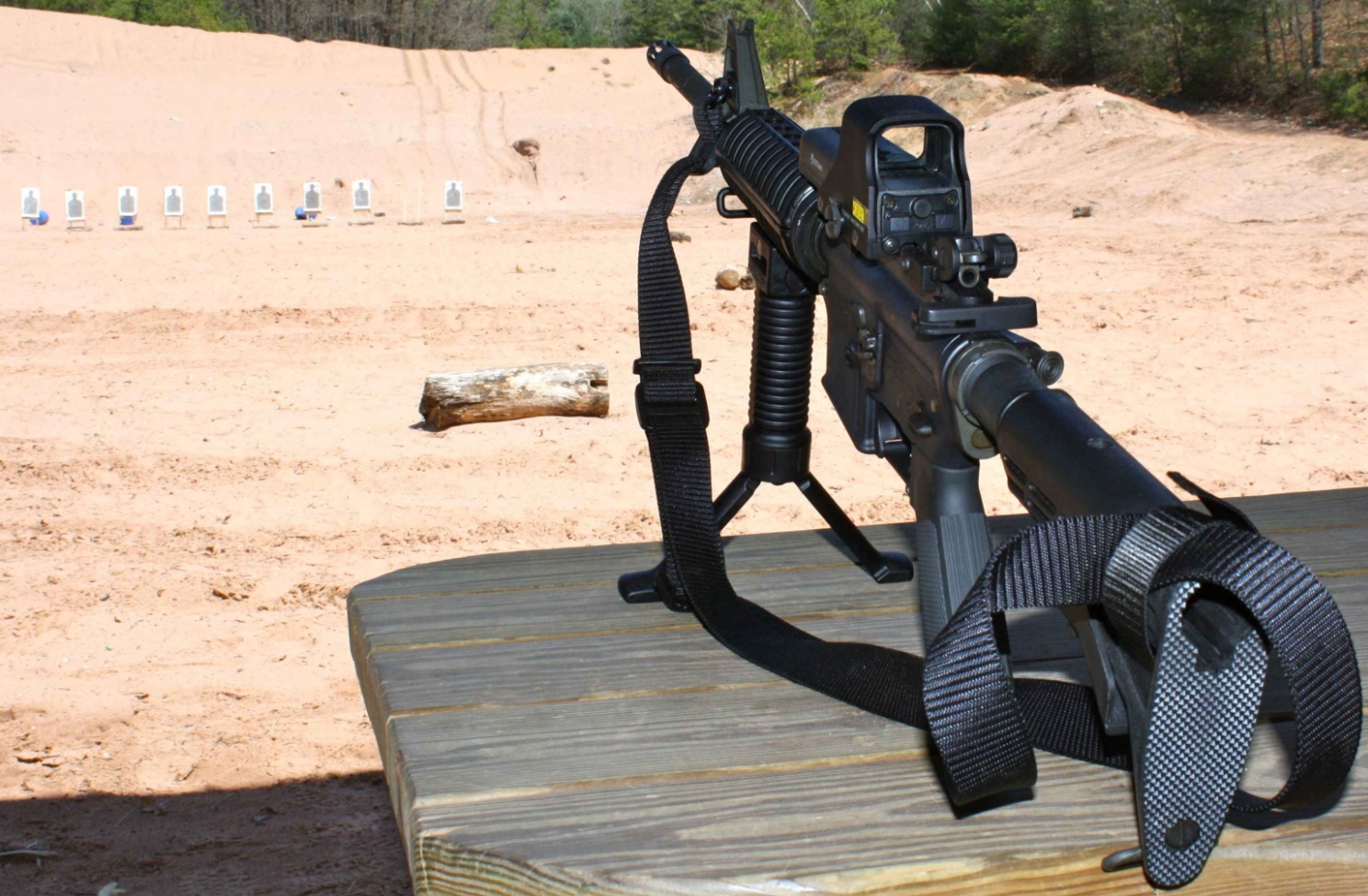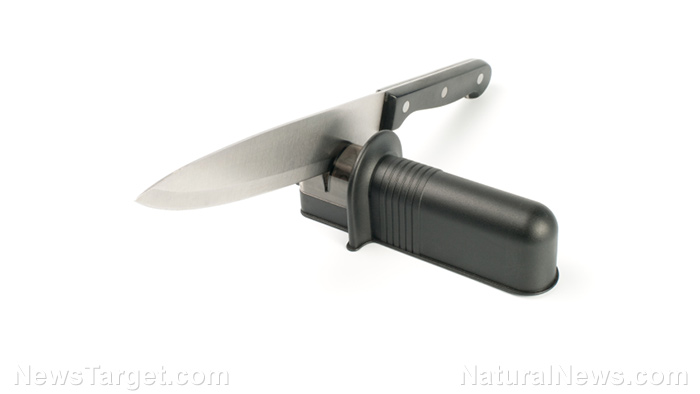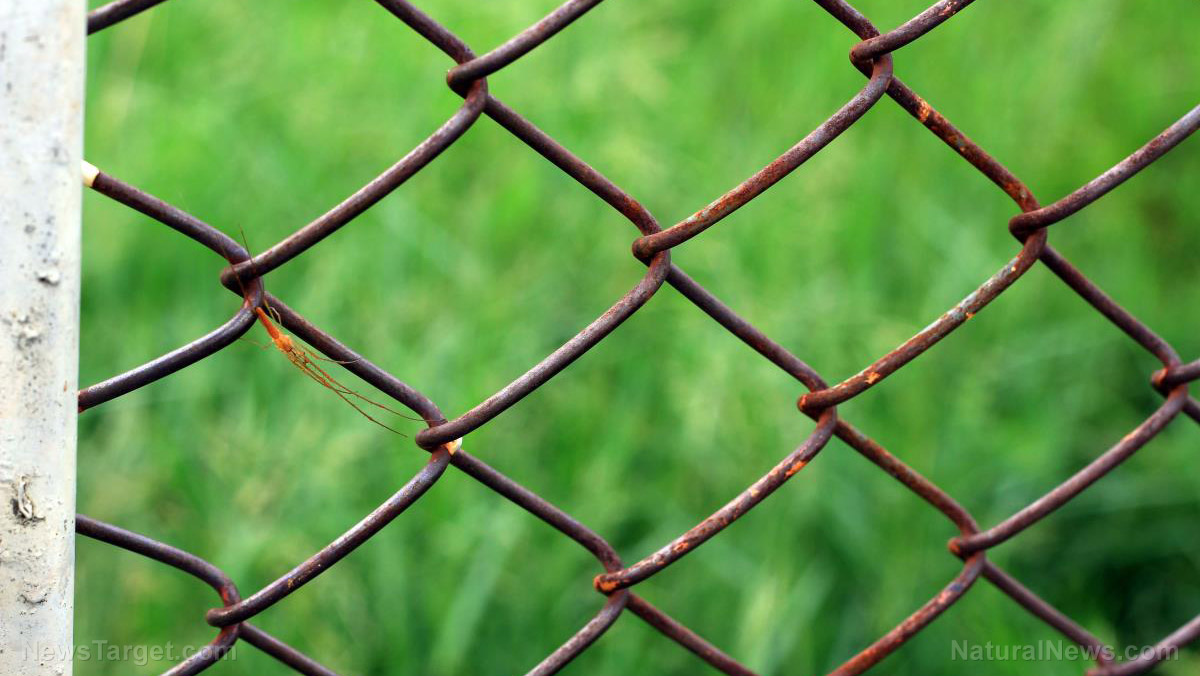5 Knife skills any outdoorsman should know
03/10/2020 / By Darnel Fernandez

Outdoor activities always have the possibility of going wrong with little to no warning. The great outdoors can be unpredictable, and as a prepper, you must be ready to face any emergency. If you find yourself in a pickle, having the right tools and skills at your disposal can mean survival. One of the most versatile survival tools in any prepper’s arsenal is a knife. (h/t to ArtOfManliness.com)
Keeping your skills sharp
Survival knives come in all shapes and sizes, and can be used for a myriad of purposes like camping, fishing and even hunting. While it is useful to have multiple tools at your disposal to handle different tasks, having something as multifunctional as a survival knife is still a boon to any survivalist.
However, even the best of blades can fall flat in the hands of an unskilled user. There are plenty of knife-craft skills to learn and many of them are crucial for survival. Some might seem easy to do at first glance, but mastery of these skills can truly make a difference in any survival scenario. Here are a few things you could practice to keep your survival knife skills sharp. (Related: Prepping tools and weapons: 5 Common knife myths DEBUNKED.)
Cutting saplings
When you’re out in the wilderness and in need of shelter, your knife can help you cut down saplings for building material. Green wood is the most preferable type for survival shelters as it has distinct advantages when used to make dome-like structures. To cut down a sapling, you should bend it over to stress the fibers. Afterward, cut them at an angle towards the root ball to snap it away.
Felling a tree
For obvious reasons, you definitely cannot fell a fully grown tree with just a knife. Those types of trees are reserved for specialized tools like axes, saws or a combination of both. Knives, on the other hand, are more capable of felling trees about 4″ to 5″ in diameter. However, unlike saplings, you cannot just bend the tree over and cut it that way. One way to efficiently fell a tree is to create V-shaped notches around the tree to slowly reduce its diameter until you’re able to push the tree over.
Making notches
As previously mentioned, you can use your survival knife to carve notches into wood. You can use these notches for a variety of purposes, from providing structure to a shelter to manipulating a pot over an open flame. For even more stability, you can combine the notches with a tough cord or other types of fasteners.
Creating fire lay materials
To gather the materials you need to make a fire, you must make good use of your survival knife. These materials include tinder, kindling and fuel. However, it is important to understand that you shouldn’t use your knife any more than necessary – only when you really have to. If you can find wood to create kindling and fuel just laying around on the forest floor, it’s better to cut your losses and use those instead.
However, in cases where that option isn’t available, you would want to look for the inner barks of trees like cedar and poplar – both of which are highly combustible – to make your tinder bundle. As for kindling material and fuelwood, you would need to use “batoning” or striking the back of your knife with a wooden mallet or similar tools to split the material along the grain. One thing to remember is that you shouldn’t split a piece of wood large enough to not allow at least an inch of your knife’s blade to protrude from the split.
Building a fire
You can use your knife to strike something like a ferro rod, which is a metal rod that produces hot sparks when something sharp is quickly scraped across it. This rod serves as an emergency ignition tool when you have no other options left. Because of this, it is important to scrape off as much material you can get within a single strike to preserve knife durability. To do so, use maximum power and maximize the area being pushed by the knife blade to get the best results.
Sharpening your knife-craft skills can definitely make a difference if you’re caught in a survival scenario. Learn more survival tips at Survival.news.
Sources include:
Tagged Under: bug out, Gear, how-to, knife skills, off grid, preparedness, prepping, SHTF, survival, survival knife, survival skills, Survival Tips, survivalist, tools
RECENT NEWS & ARTICLES
COPYRIGHT © 2018 SELFDEFENSE.NEWS
All content posted on this site is protected under Free Speech. SelfDefense.news is not responsible for content written by contributing authors. The information on this site is provided for educational and entertainment purposes only. It is not intended as a substitute for professional advice of any kind. SelfDefense.news assumes no responsibility for the use or misuse of this material. All trademarks, registered trademarks and service marks mentioned on this site are the property of their respective owners.



















